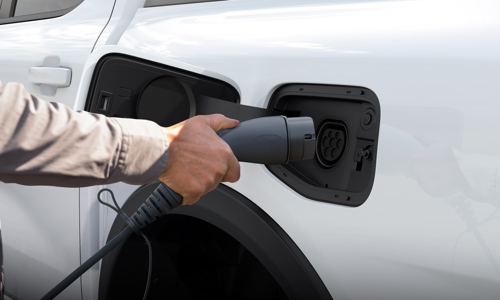Ford CEO Jim Farley has acknowledged that full-size battery-electric vehicles (BEVs) are not well-suited for towing, citing high battery costs and weight concerns.
Speaking during Ford’s 2024 financial conference call, Farley was candid about the limitations of BEVs when it comes to hauling heavy loads.
“If you tow, it’s not a good technology. The batteries have to be too big,” Farley admitted, highlighting the challenges faced by large electric vehicles (EVs) in meeting customer expectations.
The cost problem

Beyond towing, Ford sees significant economic hurdles in producing large electric utes and SUVs.
While battery prices have gradually declined, Farley believes that the scale of batteries required for these vehicles remains cost-prohibitive.
“For larger retail electric [vehicles], the economics are unresolvable,” he stated. “These customers have very demanding use cases. They tow, they go off-road, they take long road trips. These vehicles have worse aerodynamics and they’re very heavy, which means very large and expensive batteries.”
Ford has already scrapped plans for a three-row electric SUV, signalling a strategic shift away from large BEVs. Similarly, plans for a next-generation full-size electric ute hinted at in 2022, remain uncertain.
Strategic pivot

Rather than pursuing large BEVs at any cost, Ford is now investing in extended-range EVs (EREVs), which pair a smaller battery with an internal combustion engine used as a generator. The company is also prioritising plug-in hybrid vehicle (PHEV) technology, with the first Ranger PHEV ute set for New Zealand this year.
Farley sees hybrid and range-extended technology as a more viable solution given current customer demands.
“We’ve learned, actually, when it wasn’t popular to invest in hybrids, it turns out it was a good move,” he said. “And therefore, we want to lean into EREVs and other powertrains to make sure that we go with the flow of the customers.”
With Ford shifting focus to more practical electrification strategies, the future of its full-size EV lineup remains uncertain.
However, this pivot suggests that hybrids and range-extended models could play a larger role in bridging the gap between traditional combustion engines and fully electric vehicles.





